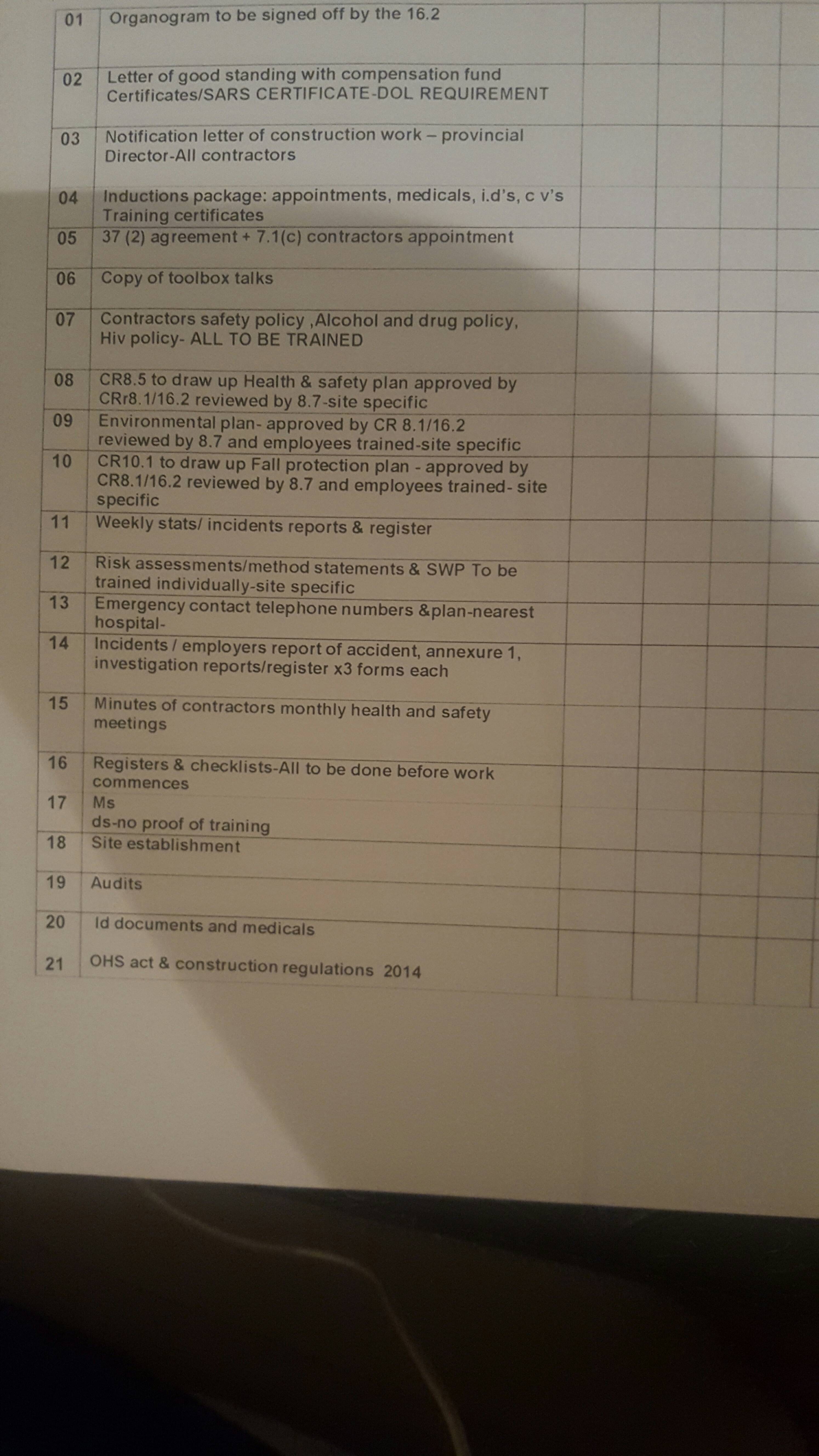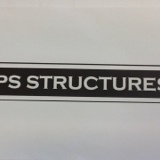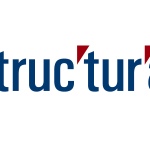Information
-
Audit Title
-
Document No.
-
Client / Site
-
Conducted on
-
Prepared by
-
Location
-
Personnel
Job Site Information
-
Branch:
-
Number of Emp:
-
Project Manager:
-
PE:
-
Superintendent:
-
Foremen 1:
-
Foremen 2:
1. PERSONAL SAFETY EQUIPMENT & REQUIRED CLOTHING
-
a. Eye protection: Z-87.1 and rated for Task
-
b. Hearing protection: Noise levels > 85 Dbs
-
c. Work boots: Leather/die electric/steel toe/metatarsal/other
-
d. Long pants
-
e. Sleeved shirts
-
f. Hard hats at all times on job sites
-
g. Reflective vests (traffic control)
-
h. Floatation devices when on, over or near water
-
i. Chemical Protection: tyvec suits/rain suites/1/2 sleeves
-
j. Hand protection: welding/leather/cut proof/chemical/other
2. HOUSEKEEPING
-
a. Are rebar caps used to eliminate impalement potential?
-
b. Debris being cleaned up
-
c. Point loading of debris on elevated decks
-
d. Proper storage of materials, supplies, equipment
-
e. Trip hazards (ice, oil, electric chords, airlines, etc.)
-
f. Proper means of disposal (Dumpsters, trash cans with lids)
-
g. Combustible debris cleaned up and not creating fire hazard
-
h. Nails pulled from scrap wood
-
I. Pedestrian walkways free of trip and slip hazards
3. Structure Safety and Protection
-
a. Loose and delaminated concrete removed prior to working
-
b. Has engineered shoring plan been developed for this work?
-
c. Has shoring plan been properly implemented, maintained?
-
d. Is shoring left in place until completion of proper cure time (75% of design strength)?
-
e. Is shoring around columns when concrete removed?
-
f. Is structure capable of supporting construction equipment?
-
g. Is structure capable of supporting construction debris?
-
h. Is there point loading of stored materials?
-
I. Has imbedded elec.conduits/other elec.systems been located
4. RESPIRATORY/HAZARDOUS COMMUNICATION
Respirators Procedures
-
a. Competent person assessing effectiveness of Resp. Prog.
-
b. Right respirator for the specific hazard
-
c. Respirators Stored/cleaned/disinfected properly
-
d. Respirator users trained, given physicals, and fit tested
-
E. Respirators used properly
Hazard Communication Procedures
-
b. Chemical lists posted
-
c. Employees trained on hazcom & specific chemicals in use
-
d. Proper identification labels on cans
-
e. MSDS on site and available for employees
5. FALL PROTECTION OK Action Comments
-
a. Do employees have the proper Fall Protection Training
-
b. Are Daily/weekly/monthly fall equipment inspections done
-
c. Vertical & horizontal life lines properly rated and inspected
-
d. Are there any unprotected floors & walkways (6ft or higher)
-
e. Are Floor openings covered, clearly marked or guarded.
-
f. Are handrails properly constructed top/middle/toe board
-
g. Is fall arrest equipment Logged in and dated
-
h. Are employees tied off at all times when exposed to falls
-
I. Motion Stopping System Meets OSHA requirements
-
J. Tie off points 5000 lbs/man
6. EQUIPMENT: SAFE USE, INSPECTION & MAINTENANCE OK Action Comments
Access Procedures
a
-
1) Swing stage properly constructed & Inspected
-
2) Roof setup for Swings properly constructed & Inspected
-
3) Swing Stage: Employees trained/competent/proper use
-
4) Men, tools & equipment weight within scaffold rating.
b
-
1) Frame scaffold properly constructed & Inspected
-
2) Overloaded frame scaffolds/platforms/work decks/etc.
-
3) Frame scaffold:Employees trained/competent/proper use
-
4) Landing areas/platforms free of debris/trip hazards
-
5) Employees not over reaching limits of scaffolds.
c
-
1) Ladder at proper angle/tied off @ top/3 Ft.above Landing
-
2)Non conductive ladders used if working around Electricity
-
3)Ladders with broken/missing/cracked/damaged
-
4)Ladders: Employees trained/competent/proper use
d
-
1) Stair rails provided for stairs with 4 or more risers
-
2) Stairs free of debris, sand, oil/ice, elect.cords, airlines
-
4) Stairs not used for storage of materials
e
-
1) Aerial man lifts: Employee trained/competent/proper use
-
2)Stable, level drive area
-
3)Employees tied off at all times to basket
-
4)Equipment not used as a crane to lift materials
-
5)Cords/cables/ropes/airlines not hanging form the basket
-
6)Men & equipment load within manufacturer's specification
f
-
1) Scissors lifts: Employees trained/competent/proper use
-
2)Stable, level drive area
-
3)Employees tied off, if possible, to platform.
-
4)Equipment not used as a crane to lift materials
-
5)Cords/cables/ropes/airlines not hanging form the basket
-
6)Men & equipment load within manufacturer's specification
g
-
Stairs or ladder provided when breaks in elevation is > 19"
h
-
1)Elevated platforms: Landing/form traveler/Knee bracket
-
2) Equipment weight within rated load capacity
-
3) Hand rails complete
i
-
1) Bracket scaffold: Adequate access/hand rails/Rigging/use
-
2) Following proper jumping procedure
Equipment Procedures
-
a.Skid steers: Employees trained/competent/proper use
-
b.Concrete Buggies: Employee trained/competent/proper use
-
c.Forklifts: Emp. trained/competent/properly use/maintained
-
f.Water blasters: Employees trained/competent/proper use
-
g.Sand pots: Employees trained/competent/proper use
-
h.Hand tools (Chipping, guns, drills, scarifier, etc.)
-
i.Grout pumps (Epoxy, Chemical, Concrete, cleaning)
-
j.Airlines & receiver tanks is safe working condition
-
k.Air compressors properly maintained and used
-
l.0ther equipment: Employees trained/competent/proper use
Company Vehicle Procedures
-
a.Vehicle inspection checklist done daily/defects corrected
-
b.Towing equipment properly connected (safety chains)
-
c.Tow hitches and ball hitch connections maintained
-
d.Load is stable/secured properly, does not overload vehicle
-
e.Mechanized equipment driven safely
-
f.Proper protection and warning signs in public/traffic areas
-
g.Required safety equipment on vehicle
-
h.Scheduled maintenance up to date
Other Tools and Equipment Procedures
-
a.Grinders used with guards and handles
-
b.Saws with proper guards and not modified/2 hands on saw
-
c.Running equipment not left unattended
-
d.Keys removed from equipment when not attended
-
e.Equipment cleaned & free of debris
-
f.Proper use of tuggers or pushers
-
g.1) Roof cranes/Hoists inspected and used properly
-
2)Load rating marked on basket
-
3)Properly inspected (daily, weekly, monthly, annual)
-
4)0perator at controls while load is suspended
-
5)Three full wraps on winding drum
7. JOB SITE SAFETY
Job site Requirements
-
a.0SHA, minimum wage, discrimination, etc...
-
b.Employee required training
-
c.Managers First Aid & Adult CPR training
-
d.First aid kits/Eye wash/Burn Stations
-
e.Bloodborne pathogens kits available
-
f.Worker's Compensation Incident reporting procedures
Electrical Safety
-
a.Assured grounding inspection and taping done correctly
-
b.Adequate lighting for work areas
-
c.Electric cords and panels properly constructed & Inspected
-
d.Correct wiring for string lights
-
e.Electric pannel boxes have proper covers
-
f.GFCI used if exposured to weather or wet/damp conditions
-
g.Elec. tools unplugged if repairing or changing bits/blade/etc.
Sanitation
-
a.Drinking water with disposable cups and trash receptacle
-
b.Water containers cleaned and sanitized daily
-
c.Proper trash disposal at drinking/eating/work areas
-
d.Proper number of toilets and wash-up facility provided
Compressed Air & Gas Cylinder Safety
-
a.Airlines tie wired or secured at couplings
-
b.Compressed air receiver tanks equipped with blow off valve
-
c.Compressed air is not used to blow dust from clothing
-
d.Compressed cylinders stored and secured vertically
-
e.Caps on cylinders when not in use
-
f.1) O 2 and fuel gases stored 20' apart or
-
g.Flash back arresters on torch handle & at cylinder
-
h.Compressed gas cylinders handled and moved safely
Fuel Handling and Flammable liquids
-
a.OSHA regulations gas cans with flash arrester
-
b.Equipment turned off while fueling
-
c.Fuel storage area: Signs/Containment/> 20lbs Extinguisher
-
d.Proper storage of flammable liquid construction products
Fire Protection
-
a.Adequate fire extinguishers: Inspection/placement/size
-
b.Welding, burning, cutting: No combustibles in area
-
c.Fire watch provided when necessary
-
d.Oily rags stored in proper container
-
e.Designated smoking area provided and marked
-
f.No smoking signs posted
-
g.Fire extinguishers being maintained
-
h.Employees trained in proper use of fire extinguishers
Ventilation
-
a.Confined space requires 20 air changes per hour
-
b.Provides clean, breathable air (Constant Monitoring)
-
c.Air flow sufficient to reduce contaminants to a safe level
Other Procedures
-
a. Following demolition procedure: PPE/Shoring/Compressed air
-
b. Following concrete placement procedure: Forms/Shoring
-
c. 1) Following confined space procedures
-
2)Employees trained in Confined Space procedures
-
3)Qualified person assessing CS effective procedures
-
d. Following lock-out, tag-out procedures
-
e. Following working on over or near water procedures
-
f. 1) Following trenching procedures
-
2)Employees competent in trenching procedures
-
3)Qualified person assessing effective trench Procedures
-
4)Shoring, Benching, Sloping engineered
-
5)Proper entry and exits provided
-
g. Lifting:1)Plan 2)Bend knees 3)Keep close 4)Pivot don't twist
8. GENERAL SAFETY
-
a.Overhead protection from falling/flying debris/tools/equip.
-
b.Public warning/hazard signs, signals or communication
-
c.Fall potential: open holes covered, fencing, hand rails,
-
d.Traffic control: signs, direction, barrels, barricades
-
e.Dust/Vapor:Dust curtains,tape doors/windows,ventilate area
-
f.Noise control: Monitoring/noise barriers/distance
-
g.Water hazards: life rings/hand rails/signage
-
h.Public protected from flying/spilled construction chemicals
-
I. Pedestrian walkways protected from trip & slip hazards:
-
j.Adequate pedestrian barriers/fenses/gates/flagging
-
k.Owner's Glass/tile/flooring/vehicles/property protected
9. SAFETY CULTURE
-
a.Project mgrs dedicate time to safety mtgs/action items
-
b.JSA's are done daily & when new processes or task start
-
c.Pre Project Planning (PrePP) done for changed conditions
-
d.Pre Task Planning (PreTP) done prior to starting new tasks
-
e.Site specific safety training from PrePP Implemented
-
f.Follow-up on action items from JSA's, MSA's, PrePP, PreTP
-
g.Site Specific Safety Plan from PrePP implemented
-
h.New emp. given Standard Orientation prior to starting work
10. LIST COMPETENT PERSONS FOR:
-
a.Respirator Protection:
-
b.Confined Space:
-
c.Scaffolds, platforms and Ladders:
-
d.Personal Protection Equipment:
-
e.Fall Protection:
-
f.Welding:
-
g.Cranes/Hoists & Rigging:
-
h.Grouting:
-
I.Forming:
-
J.Trenching:
-
k.Motorized access equipment:
-
l.Other specialty equipment (1):
-
m.Other specialty equipment ( 2):
11. Other Topics/Issues
-
On site representative's signature
-
Auditor's signature












